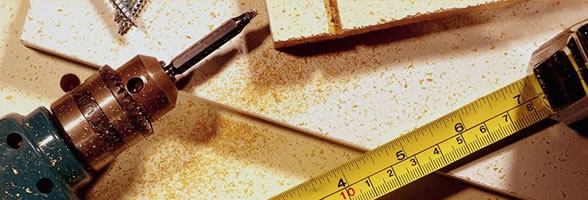Article archive
17/06/2016 21:15
Located in Tuy Loan Hamlet, Hoa Phong Commune, Hoa Vang District, this communal house was built in the first year of King Thanh Thai’s reign (1889). Like Nai Nam and Bo Ban, Tuy Loan Communal House is used to worship the gods, and past sages of the village.
In the past, people held a ceremony at this communal house to welcome spring on the 14th and 15th of the second lunar month, and autumn on the 14th and 15th of the eighth lunar month.
At present, Tuy Loan Communal House is the only one which still preserves 15 royal decrees, dating from King Minh Mang’s reign to the reign of King Bao Dai.
The house covers an area of 110 square metres with brick walls and a pantile roof. It is decorated with two dragons flanking a moon, and flying dragons, all encrusted with shards of pottery. The interior has three sections and there are two lean-tos, the rear one of which is 2.4 metres wide and 2.7 metres long. It has four rows of...
—————
17/06/2016 21:14
Dien Hai Citadel, built on the western side of the Han River in the twelfth year of King Gia Long’s reign (1813), was formerly known as Dien Hai Fortress. It was moved inland and rebuilt in brick on a high mount in the fourth year of King Minh Mang’s reign (1823). It was renamed as Dien Hai Citadel in the fifteenth year of his reign (1834).
Dien Hai Citadel under the attack of the French troops on 1 September 1858
Today, Dien Hai Citadel is at No 24 Tran Phu Street, Thach Thang Ward, Hai Chau District, which is adjacent to the Da Nang Nuseum.
In the seventh year of King Thieu Tri’s reign (1847), the perimeter of Dien Hai Citadel was expanded to 463 metres, with a wall 5 metres high surrounded by a ditch 3 metres deep. The citadel was designed with three gates, and was built of brick in the European Vauban architectural style.
Dien Hai Citadel bore the stamp of the struggle by the Da Nang people and the nation to protect national independence and territory in...
—————
17/06/2016 21:13
Nghia Trung Phuoc Ninh is a burial ground for heroic martyrs who struggled and died in attacks on the city by French troops between 1858 and 1860.
Nguyen Quy Linh and Truong Tai Phu selected the land at Phuoc Ninh village to establish this cemetery. They found the graves of 1,500 heroic martyrs and reburied them at the cemetery. A granite stele, 1.2 metres high and 0.8 metres wide, was erected to memorise their sacrifice during the war. It is thought that Phuoc Ninh Cemetery was previously surrounded by an earth wall, but that this was destroyed by the French colonists in 1950.
—————

